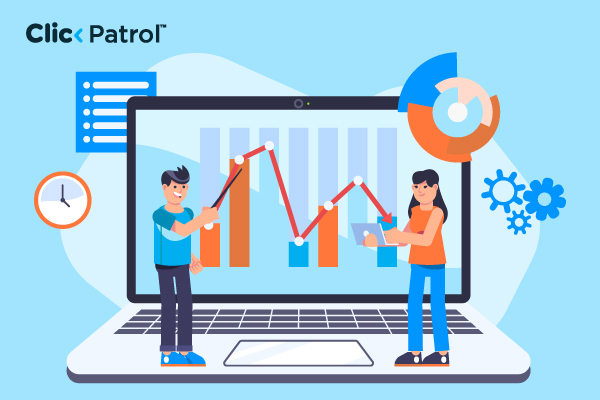
How to block competitor IPs in 2025: Multi-layered PPC protection strategies that stop click fraud for good
Abisola Tanzako | Dec 09, 2025 | ClickPatrol

Abisola Tanzako | Dec 09, 2025 | ClickPatrol

Abisola Tanzako | Dec 09, 2025 | ClickPatrol

Abisola Tanzako | Dec 04, 2025 | ClickPatrol

Abisola Tanzako | Dec 04, 2025 | ClickPatrol

Abisola Tanzako | Dec 04, 2025 | ClickPatrol

Abisola Tanzako | Dec 02, 2025 | ClickPatrol

Abisola Tanzako | Nov 27, 2025 | ClickPatrol

Abisola Tanzako | Nov 27, 2025 | ClickPatrol

Abisola Tanzako | Nov 27, 2025 | ClickPatrol

Abisola Tanzako | Nov 25, 2025 | ClickPatrol